I thought this blog was over.
Just because I’ve ignored this blog for years doesn’t mean I haven’t been reading — and loving — Astrid Lindgren books. I’ve re-read many of the books, and at Christmas or my birthday there’s nearly always been a favorite Astrid book waiting for me. There didn’t seem to be anything else to say — I read all the books. Done.
Well, maybe.
I never intended to collect all of Astrid’s books. Not my goal. There are so many, and I try to not accumulate too many books because it makes it hard to move. I don’t think a person needs to own something to appreciate it.
Yet at the back of my mind there’s been this little worry that some of her books are disappearing and will be increasingly harder to find — and therefore harder to ever read and appreciate again. For many of her books such as the Bill Bergson/Kalle Blomquist series, new life has been zapped into the books with new editions. (This is great news because the original edition Bill Bergson trilogy would set me back at least $250. Ouch.) Yet there are books like Brenda Brave, the Kati series, and the Riwkin-Brick books which, realistically and sadly, are probably never going to be reprinted. I would LOVE to be wrong about this.
I blame my partner Elliott. (Yes, a lot can change in three years.) His not-quite-midlife crisis consisted of buying 50 pounds of Legos this month and turning our living room into a Lego workshop. As far as midlife crises go, I can handle this one. It was enormously fun to watch him explore a toy from his childhood and rekindle a love of play. While he was sorting, I read to him from Astrid’s War Diaries and it made me realize that Legos are to him what Astrid Lindgren is to me. And he was having so much fun with Legos. Wouldn’t I also have fun if I revisited Astrid Lindgren?
Stepping over Legos for a week, I concluded that I could do worse things than slowly collect all the Astrid Lindgren books. Some of them are disappearing and I want to be able to read them still in decades to come.
 Yes, it has been awhile.
Yes, it has been awhile.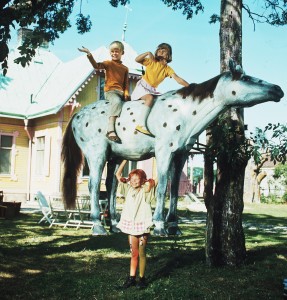
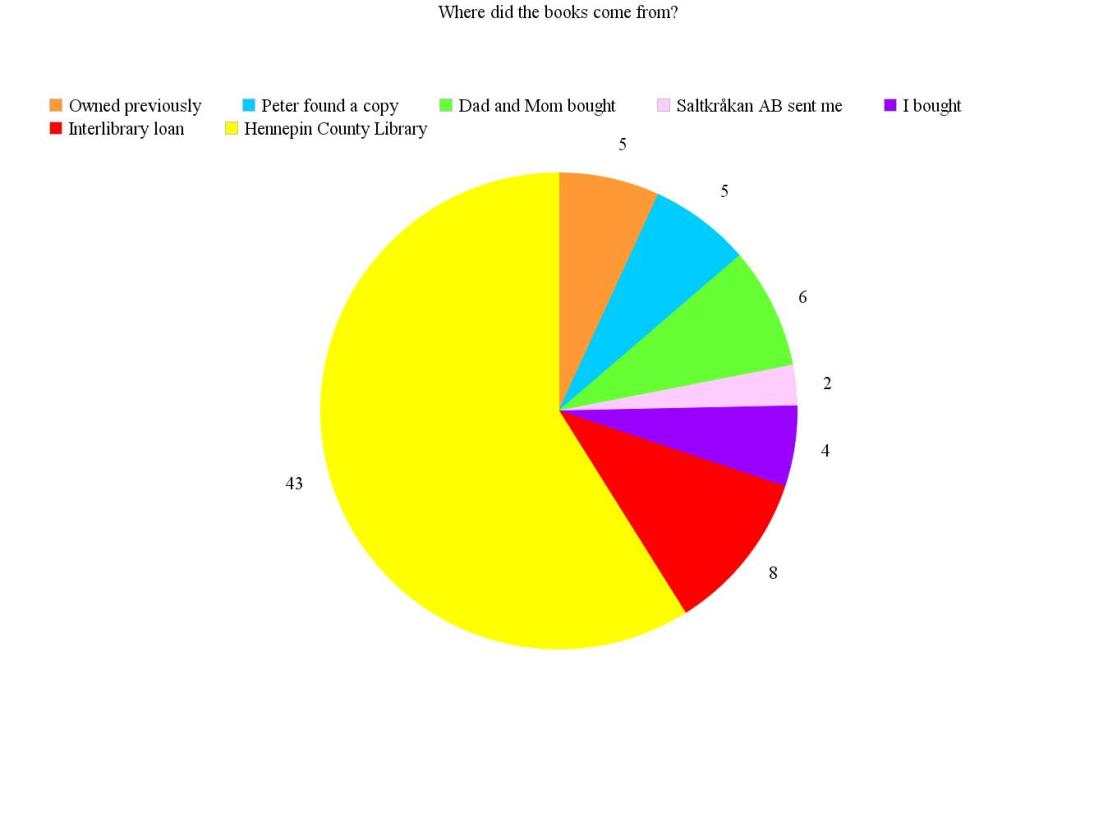
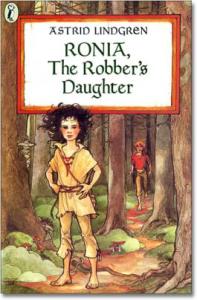 I saved this book for last because I couldn’t imagine any other book ever living up to it. Every time I read it, which is every couple of years, I am blown away by how incredible it is. Really. If you haven’t read Ronia, go do it. Now.
I saved this book for last because I couldn’t imagine any other book ever living up to it. Every time I read it, which is every couple of years, I am blown away by how incredible it is. Really. If you haven’t read Ronia, go do it. Now.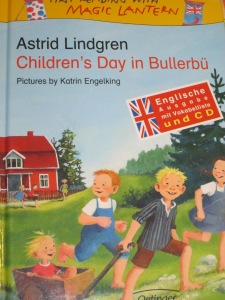 Children’s Day in Bullerbu was the most difficult of all the Noisy Village books to find. Copies of the book surface online, but are expensive – 2 copies on Amazon.co.uk are currently for sale for 113 pounds ($168) – plus shipping. Huge thanks go out to Saltkråkan AB for finding this book for me to read!
Children’s Day in Bullerbu was the most difficult of all the Noisy Village books to find. Copies of the book surface online, but are expensive – 2 copies on Amazon.co.uk are currently for sale for 113 pounds ($168) – plus shipping. Huge thanks go out to Saltkråkan AB for finding this book for me to read!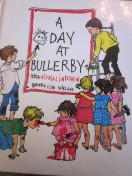 Wilson and illustrated by Katrin Engelking. Another version with pictures by Ilon Wikland exists titled A Day At Bullerby, but I read this version. The book was published in Great Britain in 1967 with reprints in 1974 and 1979. I don’t think it was ever published in the United States.
Wilson and illustrated by Katrin Engelking. Another version with pictures by Ilon Wikland exists titled A Day At Bullerby, but I read this version. The book was published in Great Britain in 1967 with reprints in 1974 and 1979. I don’t think it was ever published in the United States.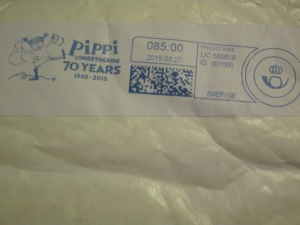
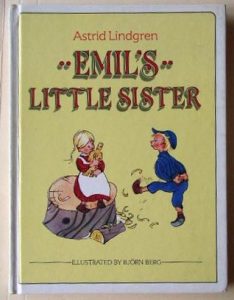
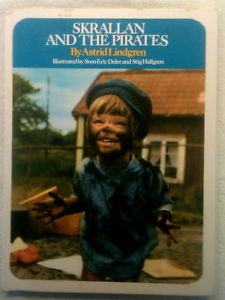 This was one of the hardest books to find until it became one of the easiest. The difference? The translation. At some point, Skrallan and the Pirates ( Skrallan och sjorovarna, 1967) was translated under the title Scrap and the Pirates. That edition is incredibly rare. I tried to get it through inter-library loan ten times, but each one was out of state and my requests were all denied. All the copies for sale online are almost a hundred dollars.
This was one of the hardest books to find until it became one of the easiest. The difference? The translation. At some point, Skrallan and the Pirates ( Skrallan och sjorovarna, 1967) was translated under the title Scrap and the Pirates. That edition is incredibly rare. I tried to get it through inter-library loan ten times, but each one was out of state and my requests were all denied. All the copies for sale online are almost a hundred dollars.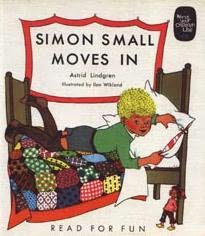 This is one of the Astrid Lindgren books that I had to buy because it wasn’t available anywhere. Luckily, I found a copy online for very cheap — this is readily available at reasonable prices. Lucky me! Lucky everyone! It’s a delight!
This is one of the Astrid Lindgren books that I had to buy because it wasn’t available anywhere. Luckily, I found a copy online for very cheap — this is readily available at reasonable prices. Lucky me! Lucky everyone! It’s a delight!
Written
on April 18, 2015